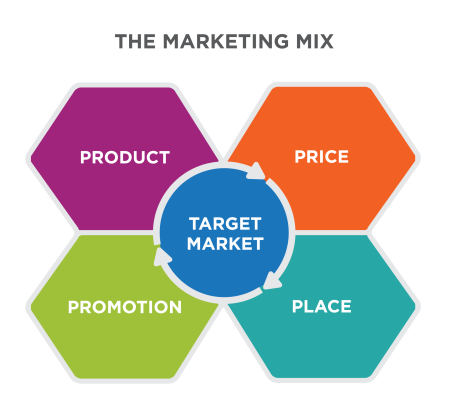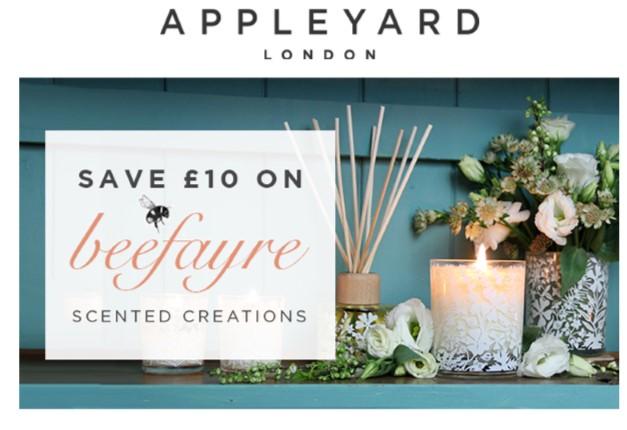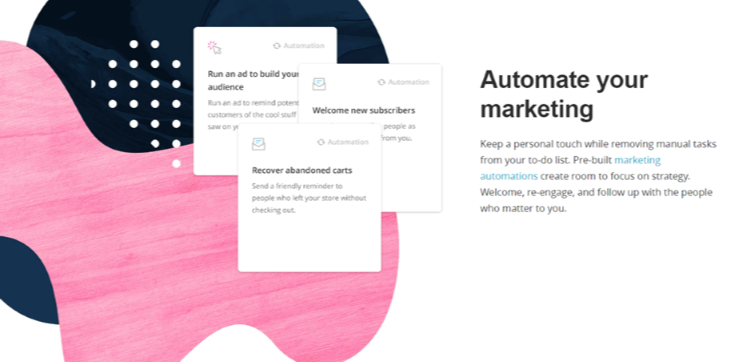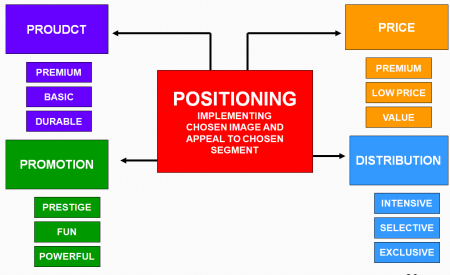DIRECT MARKETING
This month we will cover Direct Marketing techniques for you to consider if you wish to further engage with your customers. Used as an extra tool to generate sales, and the easiest option is to send newsletters to your customers (database).

Direct Marketing should only be attempted when you are ready to do so.
Points to consider: Is your website, landing pages and social media platforms ready and up to date for the purpose of your communication?
For example, if you will be running a promotion on your website with a promotion code and you send your customers and email newsletter to notify your database of your offer, a function must be built into your e-commerce site to accommodate the voucher code etc.
Database marketing is a form of direct marketing using databases of customers or potential customers to generate personalized communications to promote a product or service for marketing purposes. The method of communication can be any addressable medium (like newsletters or postal communications like catalogues), as direct marketing.
Before you can start with your direct marketing approach, you will need to have a database, consider segmentation, and what medium of direct marketing you will take. We will focus on online communications for this programme and cover newsletters, but we will also give a few tips for an offline approach.
DATABASE:
If you are receiving emails from a company, chances are that you have signed up to receive news from them and have filled out a form providing your details and you are on their database.
When starting a database of your own, make sure you acquire all the information you need. If you already have customers on record, make sure their details are up to date, and if you have not communicated to them in a while, we call it dormant data, you might need to consider starting fresh or getting in touch with them with anew.
You can start your database by filling in a spreadsheet manually if your website server or email host does not provide this service, but ask your service provider to advise on this or to help you find the right application for you, as this may save you time and effort in the long run.
If you have the option to have this feature on your website where customers can fill out a form with required fields, and this is automatically added to an online database.
Fields to include would be the obvious ones like First Name, Last Name, Email Address, Home/Delivery Address, Town, County, Postcode (so you know where your customer is based) and so on, and this information (data), will help you to communicate with your potential customers better. You can personalise this even more by adding Date of Birth or wedding anniversary (you can send a card or bouquet to personalise your communications and build loyalty), but we will cover this more in segmentation.
You can download this template to get you started if you will be collecting your data manually, or to help you with the requirements if you’re going to set up a database through your web server.
DOWNLOAD: contacts_database_template.xlsx
BUILDING YOUR DATABASE
Nowadays, people do not easily part with their personal information like email addresses or home addresses anymore, so often businesses need to offer an incentive that will persuade potential customers to do so. A trick that many retailers use, is something you can also incorporate… once your customer lands on your website, after a few minutes, a pop-up box could prompt them to sign up to your newsletters and often this is done through incentives -10% off your fist order, or Free Delivery.
Another easy way to increase your database is to run a competition, but for both these data capture activities, you must be able to facilitate this on your website, so speak to your website host about these opportunities, as this is a very easy way to increase your database. Competitions are also easy to promote on social media and increase your reach by putting some promotional budget behind is, and you can also decide who you wish to target, and offering a collaborative prize with companies whose audiences you’d like to reach, is a great way to get your brand out there and convert their data to your database if your third party agrees.
You can also offer vouchers if your customers introduce a friend (this can be done through newsletters or even on social media). So, there are many ways to do this, but make sure the process is easy for your customers or potential customers as most people are time poor.
TIP: Always make sure your Terms & Conditions comply with the law, are accurate, fair, and cover you for any mishaps!
DATA PROTECTION
You must ensure that anyone who is on your database have signed up to it or that your data has been acquired legally.
Since we live in a world where digital data can be compromised, you need to make sure that you manage and protect your data accordingly. It is your responsibility to make sure your customers’ data is stored safely and that you do not share this data with any third parties without their knowledge. Many online retailers also give their customers the option to save their credit card details to make it easier to check out on their next visit, but this comes with extra protection guaranteed from them and they must take care that hackers are not able to access this sensitive data.
You can read more about the Data Protection Act here.
Speak to your web host about online security and how they can help protect you, and your customers against hackers and viruses, and think about online insurance that can potentially help you to recover data if you have been compromised.

SEGMENTATION:
Market segmentation is the process of dividing a broad consumer or business market, normally consisting of existing and potential customers, into sub-groups of consumers (known as segments) based on some type of shared characteristics.
Segments are usually measured in terms of sales value or volume.
Why do businesses need to segment their markets? Because customers differ in the…
- Benefits they want
- Amount they are able to, or willing to spend
- Media (e.g. television, newspapers, and magazines) they see
- Quantities they buy
- Time and place that they buy
There are various methods (or "bases") a business can use to segment a market.
Market segmentation offers the following potential benefits to a business:
Better matching of customer needs |
Customer needs differ. Creating separate products for each segment makes sense. |
Enhanced profits for business |
Customers have different disposable incomes and vary in how sensitive they are to price. By segmenting markets, businesses can raise average prices and subsequently enhance profits. |
Better opportunities for growth |
Market segmentation can build sales. For example, customers can be encouraged to "trade-up" after being sold an introductory, lower-priced product. |
Retain more customers |
By marketing products that appeal to customers at different stages of their life ("life-cycle"), a business can retain customers who might otherwise switch to competing products and brands. |
Target marketing communications |
Businesses need to deliver their marketing message to a relevant customer audience. By segmenting markets, the target customer can be reached more often and at lower cost. |
Gain share of the market segment |
Through careful segmentation and targeting, businesses can often achieve competitive production and marketing costs and become the preferred choice of customers and distributors. |

This is where you can communicate with your customers in a more purposeful way (target marketing).
For example, if you have Mrs Beddow who only spends £35 on a bouquet every 2- 3 months, you can try different ways of marketing to her like sending her an offer every few months (Spend £45 on a luxury bouquet and get £5 off your next order, thus increasing her minimum spend, and also encouraging her to use her voucher to buy again in the next month as the voucher will only be valid for say, 30 days).
You can ask her to join your loyalty programme to increase her spend or frequency and reward her for her custom. Incentives could be an easy way to achieve this by either offering a discount or even the 12th bouquet is free. However, do not send too many offers as you may devalue your brand or product, but find a way to increase their spend through segmentation marketing and building customer loyalty.
Just look at how many retailers are using this, even coffee shops have a stamp method and your 10th cup on the house.
If Mrs Tweed usually buys a luxury hand-tied, you can target her with your more premium lines of new season blooms. Miss Daisy, still a student and who spends less on a bouquet would be tempted by a lower price point, so worth sending her a newsletter about your no-frills bunches. And simply put, that is segmentation marketing.
If you segment your database by what they spend, you can send more targeted communications knowing that the recipient will most likely respond better, and thus converting it to a sale.
Here's an example of an introductory offer newsletter from luxury florist, Appleyard London:

NEWSLETTERS
If you do not have a newsletter function already set up, or your website host or service provider does not offer this service, MailChimp is a company who specialises in automated email marketing and offer affordable price ranges.

Creating emails using MailChimp is easy to use, and they offer different layouts and templates that could help you to promote your products more effectively: https://mailchimp.com/features/email-templates/
If you are ready and set up to start communicating with your clients, then it’s worth considering your topics or communication strategy, frequency, which promotions or events to include, and how to target your segmented database effectively.

TIP: You must always have a ‘unsubscribe’ function, link or button in your emails. This will give recipients the choice to opt-out, especially important if you have acquired their details through a third party competition and they do not wish to receive your emails anymore.
OFFLINE
There are more ways to communicate to your database offline, from sending Birthday Cards, Anniversary Cards (a way of reminding your customers about you and also building a personal relationship), Invitations to in-store events, promotions or workshops you may have, as well as sending your new season corporate brochures or catalogues to your clients and/or neighbouring businesses or offices.
Perhaps you collaborate with a local bakery in your town who bake wonderful cakes, cupcakes or even wedding cakes, and you could leave leaflets for an upcoming flower arranging bridal workshop parties in their bakery, or for other events you will be hosting, and of course you will do the same for the bakery by accepting to have some of their leaflets in your shop. Vouchers can also be handed out by selected partners/retailers in your area as this is a great way to network and market directly to new customers who are in the same target group as yours, so be selective about who you approach or choose to work with. We advise collaborating with companies who have they same business style or ethos as yourself.
For example, Bloomon collaborated with trendy fashion store Other Stories and opened a pop-up shop in two of their prime location stores in London (Regent Street and Kings Road). They filled the windows with a flower shop theme as well as selling flowers in-store, it was great exposure for them with exactly the right target group. Furthermore, they also managed to gain press coverage through this collaboration, so a PR activity worth the investment.

You can also download the above information as a Pdf to save or print out.
DOWNLOAD: direct_marketing_white_paper.pdf
